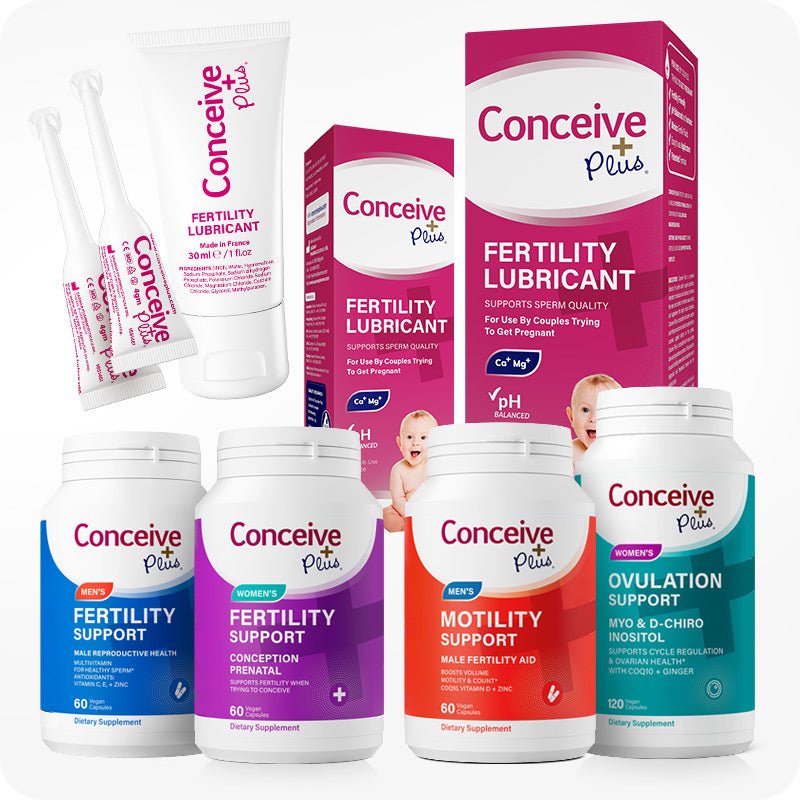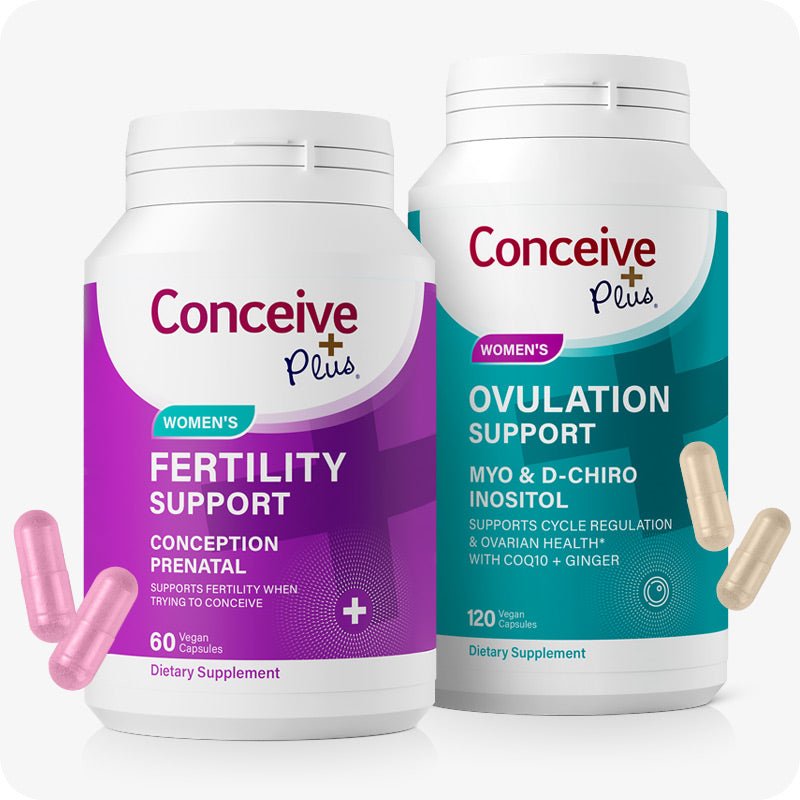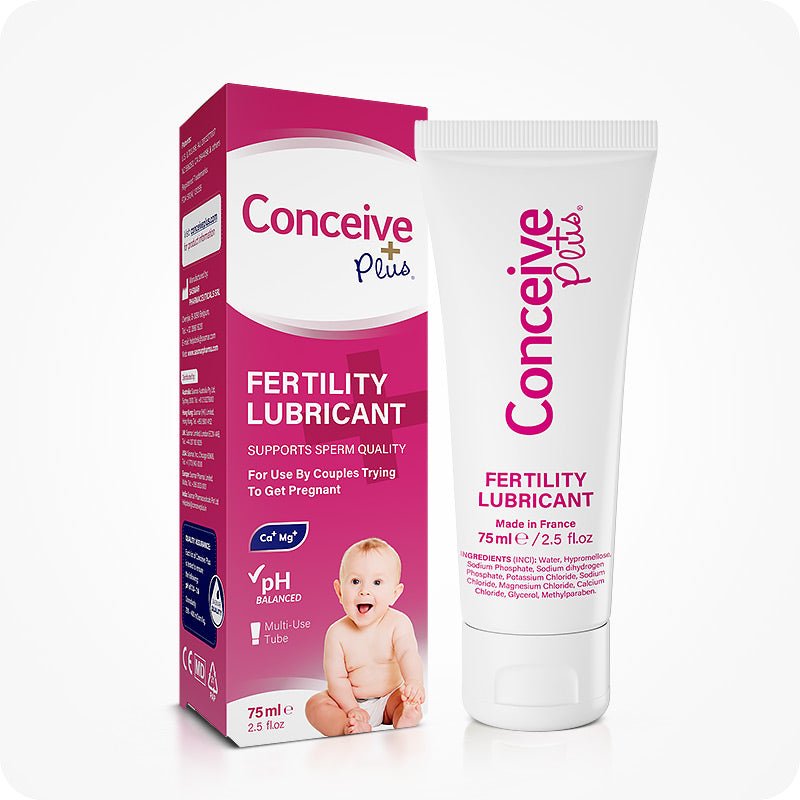Your Guide to Pregnancy Trimesters and Prenatal Development Week by Week

Pregnancy trimesters are basically the main phases of carrying new life. They help us move trimester by trimester and figure out every stage of prenatal development. This journey matters so you and your partner can plan for a more balanced experience. Each phase requires slightly different care and know-how. Paying attention to these steps also involves focusing on good food intake, stress management, and general wellness. In the following sections, we’ll look at trimesters of pregnancy, how each one works, and tips for feeling ready. We’ll also discuss fertility-supporting ingredients like CoQ10 and Myo-Inositol, used by fertility brands in their products. Let’s see how these stages unfold.
Understanding The Structure
Ever wondered what are the trimesters of pregnancy? In short, there are three major parts known as trimesters in pregnancy. Some folks keep asking how many trimesters are in a pregnancy or how many trimesters are there in pregnancy. Professionals usually say there are exactly three. Others sometimes talk about a “fourth” phase after birth, though that’s more about early postpartum [1].
Splitting it up helps parents and doctors. Many people might question what are trimesters in plain language: they divide weeks of gestation trimesters into easier chunks, highlighting changes in the growing f e t u s. Each section showcases new growth or development. If you’re looking for a simple method to observe the pregnancy chart, you can rely on these divisions.
Top Tip: Use a planner or phone calendar for tracking trimesters by weeks and appointments. It’s a small habit that can reduce a bunch of stress.
Counting The Weeks
So, how many weeks in pregnancy are usual? A normal full-term is near 40. A lot of people also say: how long are trimesters or how long is a trimester? Each is roughly 13 weeks. When you add them up, you end up with around 40 weeks total. Babies might arrive slightly before or after that. Because births can vary, keep in mind that no due date is 100% locked.
Monitoring your trimester weeks can offer an organized view of the baby’s ongoing milestones. This is the same reason that figuring out how many trimesters of pregnancy you pass is also simple. Most of the time, it’s a direct breakdown from 0–13, 14–27, then 28–40. Still, counting a pregnancy calendar week by week is a great way to stay organized. It can show the subtle changes in uterus growth week by week [2].
Top Tip: Speak with your doctor about precise scheduling and any personal circumstances that might shift your trimester breakdown a bit.
First Trimester Basics
If you’re curious, when does first trimester end? It tends to wrap up by week 12 or 13. Early on, the baby in uterus is tiny but rapidly developing. People who wonder where does the baby grow might not realize how swiftly that environment changes in the womb.
In these two week wait pregnancy, things like tiredness, morning sickness, or tender breasts and no period are quite normal. Some ingredients in certain fertility products can help overall nutritional balance. For example, Folic Acid may support neural tube formation, while Vitamin B6 could assist with hormone stability and sometimes reduce nausea [3].
Top Tip: Short naps can help when you’re exhausted. Even a quick rest break might re-energize you.
Second Trimester Highlights
The second portion often starts around week 13 or 14. Folks usually ask: what is a fetus at this stage? By now, your embryo has matured into a fetus, with more defined features and quickly developing senses. This period typically has less morning sickness and more energy, so you might be more active.
Your baby in womb grows bigger. People often keep watch on pregnancy trimester weeks to track size changes. You might begin feeling motion or fluttering, which can be a sweet relief if you’ve had anxious moments. If you were still unsure how many trimesters are in a pregnancy, you’ll realize you’re right in the middle of them.
Top Tip: Listen to your body. Enjoy your renewed energy but still rest if you feel any discomfort from your belly’s expansion.
Third Trimester Overview
In the last phase—weeks 27 to around 40—the question of trimesters in weeks becomes very real. Some folks might rely on a trimesters of pregnancy chart to see when the baby flips upside down, or how the baby’s weight jumps. This is also the point where you may experience backaches or trouble sleeping [4].
The babies in the womb at this point have grown enough to fill most of the available space. By now, you aren’t asking how many trimesters are there in pregnancy. Instead, you’re probably getting your hospital bag ready. This is an exciting but also physically demanding period.
Top Tip: Many find relief with gentle prenatal stretches. Also, sleep with pillows supporting your hips, to reduce tension on the spine.
Fourth Trimester Insight
Though not an official stage, the postpartum window is sometimes called a “fourth” part. It’s a time of healing, both physically and emotionally. You’ll be adjusting to new routines, feeding your newborn, and handling postpartum body changes. Good rest, hydration, and nutritious foods are crucial.
Moms might use postpartum formulas that have Iron or Zinc to replenish lost nutrients. They also might choose something with Magnesium or Calcium for added support [5].
Top Tip: If possible, get help from family or close friends. Accepting assistance can significantly lower stress and reduce the risk of feeling overwhelmed.
Key Fertility Nutrients
Preparation for trimesters in pregnancy can begin earlier than people think. Certain vitamins and minerals may support men’s and women’s reproductive function. Myo-Inositol or D-Chiro Inositol might help those with cycle irregularities or hormonal imbalance, particularly for individuals dealing with PCOS. CoQ10 is known for cell protection. Meanwhile, Taurine can aid overall cellular tasks [6].
For men, L-Carnitine or Zinc may bolster sperm vitality, and Withania Somnifera (Ashwagandha) can help regulate stress levels. Items like Maca Root might also contribute to boosting libido. Top Tip: Whenever you start new supplements, make sure to let your doctor know so they can advise you on dosage and safety.
Where The Baby Grows
Curious about where does the baby grow after fertilization? The baby in uterus remains cradled in the womb, carefully protected by fluid and maternal tissues. As you move along the trimester breakdown, the uterus expands. Checking uterus growth week by week helps you see how each stage changes your body’s shape.
Late in pregnancy, you’ll sense more pronounced movement. The f e t u s can poke or shift in noticeable ways. The watery surroundings, plus the placenta, bring nourishment and cushioning. By the final month, the baby typically flips downward, getting ready for birth, which can ease some upper pressure [7].
Top Tip: Lightly massage your bump (if cleared by your provider). This contact may help you bond with your growing baby.
Tracking And Observing
A pregnancy calendar week by week is a practical tool. It lines up with trimesters by weeks and reminds you about vital check-ups. Many families love seeing each milestone: hearing the heartbeat for the first time, capturing ultrasound images, or noticing that first kick. Keep a diary of weight shifts, mood changes, or fluid intake.
You might also want to snap monthly or weekly belly photos. Some folks keep a small notebook to record day-to-day feelings. Pay attention to swelling, unusual pain, or anything that feels different from your normal routine. Contact your doctor if something seems off [8].
Top Tip: Add hydration reminders to your phone. Staying adequately hydrated helps manage mild swelling and supports good circulation.
Partner Support
Partners can really help ensure a more comfortable pregnancy. By finding out what are trimesters, partners can step in with meal prep, moral support, or simply listening if stress flares up. Going with you to doctor visits can also foster a sense of teamwork.
Lifestyle habits might need adjusting. Quitting smoking or cutting back on alcohol can be beneficial to both parties. Men might consider supplements like L-Carnitine or Zinc [9].
Top Tip: Try gentle walks together. Sharing an easy workout can keep both partners motivated and bring you closer.
The Bottom Line
All future parents want clarity on pregnancy trimesters. They might ask how many trimesters are in a pregnancy or what are the trimesters of pregnancy and soon realize it’s straightforward: a stage for each major growth spurt. We’ve covered everything from trimester by trimester milestones to supportive nutrients like Folic Acid, CoQ10, D-Chiro Inositol, or Myo-Inositol. By focusing on rest, proper nourishment, and consistent check-ups, you’ll stand on solid ground for welcoming your little one. Keep paying attention to your body. Seek help if something doesn’t feel right. Your baby’s development (and your comfort) depends on these mindful choices.
FAQs
Is there a way to quickly remember the trimesters?
Yes! Each one is about 13 weeks. This makes trimesters in weeks simpler to follow, as they fit into near-equal blocks.
Can I know exactly when I conceived?
Not precisely every time. Conception might occur a few days after intercourse. Hence, doctors typically rely on your last period to figure out how many trimesters of pregnancy you pass.
Why is a pregnancy chart helpful?
It shows how many weeks in pregnancy you’ve covered, plus vital growth points. That fosters more confidence in your progress tracking.
Should men also explore fertility products?
They often should. Zinc, Ashwagandha, and L-Carnitine can all boost sperm health. Both partners can benefit from healthier lifestyles and reduced stress.
When does first trimester end, to be precise?
It typically winds down near the 12th or 13th week. After that, you head into the second trimester and fresh milestones.
Citations
- Choi, E., Kazzi, B., Varma, B., Ortengren, A. R., Minhas, A. S., Vaught, A. J., Bennett, W. L., Lewey, J., & Michos, E. D. (2022). The Fourth Trimester: a Time for Enhancing Transitions in Cardiovascular Care. Current cardiovascular risk reports. Available at: https://pmc.ncbi.nlm.nih.gov/articles/PMC9490714/
- Thaler, I., Manor, D., Itskovitz, J., Rottem, S., Levit, N., Timor-Tritsch, I., & Brandes, J. M. (1990). Changes in uterine blood flow during human pregnancy. American journal of obstetrics and gynecology. Available at: https://pubmed.ncbi.nlm.nih.gov/2301480/
- Matthews, A., Dowswell, T., Haas, D. M., Doyle, M., & O'Mathúna, D. P. (2010). Interventions for nausea and vomiting in early pregnancy. The Cochrane database of systematic reviews. Available at: https://pubmed.ncbi.nlm.nih.gov/20824863/
- Kazma, J. M., van den Anker, J., Allegaert, K., Dallmann, A., & Ahmadzia, H. K. (2020). Anatomical and physiological alterations of pregnancy. Journal of pharmacokinetics and pharmacodynamics. Available at: https://pmc.ncbi.nlm.nih.gov/articles/PMC7416543/
- Grzeszczak, K., Kwiatkowski, S., & Kosik-Bogacka, D. (2020). The Role of Fe, Zn, and Cu in Pregnancy. Biomolecules. Available at: https://pmc.ncbi.nlm.nih.gov/articles/PMC7463674/
- Sturman J. A. (1988). Taurine in development. The Journal of nutrition. Available at: https://pubmed.ncbi.nlm.nih.gov/3054019/
- Barrowclough, J. A., Lin, L., Kool, B., Hofmeyr, G. J., & Crowther, C. A. (2022). Maternal postures for fetal malposition in labour for improving the health of mothers and their infants. The Cochrane database of systematic reviews. Available at: https://pmc.ncbi.nlm.nih.gov/articles/PMC9428893/
- Rather, R. A., & Saha, S. C. (2023). Reappraisal of evolving methods in non-invasive prenatal screening: Discovery, biology and clinical utility. Heliyon. Available at: https://pmc.ncbi.nlm.nih.gov/articles/PMC9984859/
- Martin, R. C. B., & Brock, R. L. (2023). The importance of high-quality partner support for reducing stress during pregnancy and postpartum bonding impairments. Archives of women's mental health. Available at: https://pmc.ncbi.nlm.nih.gov/articles/PMC10716682/













